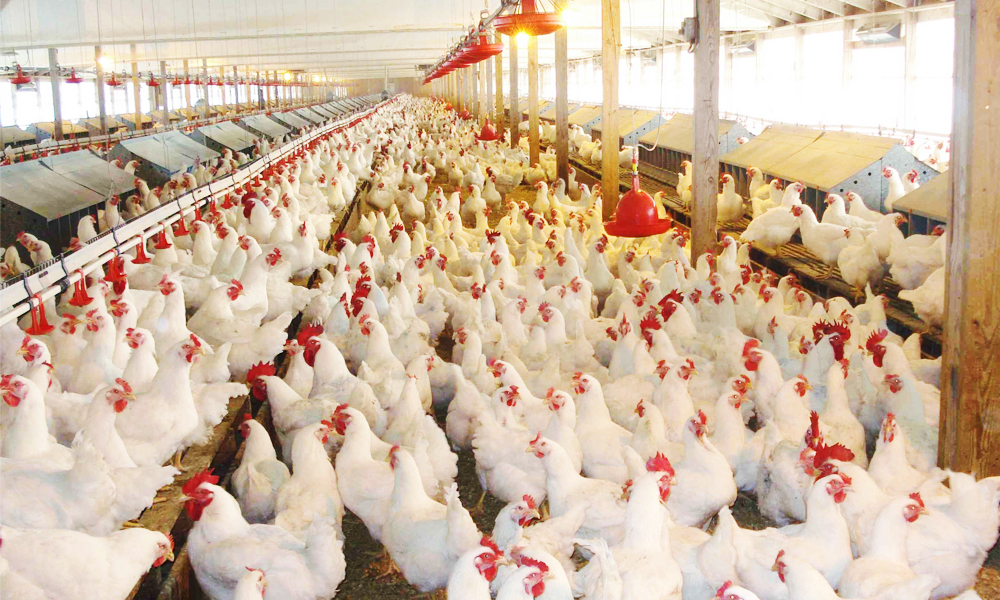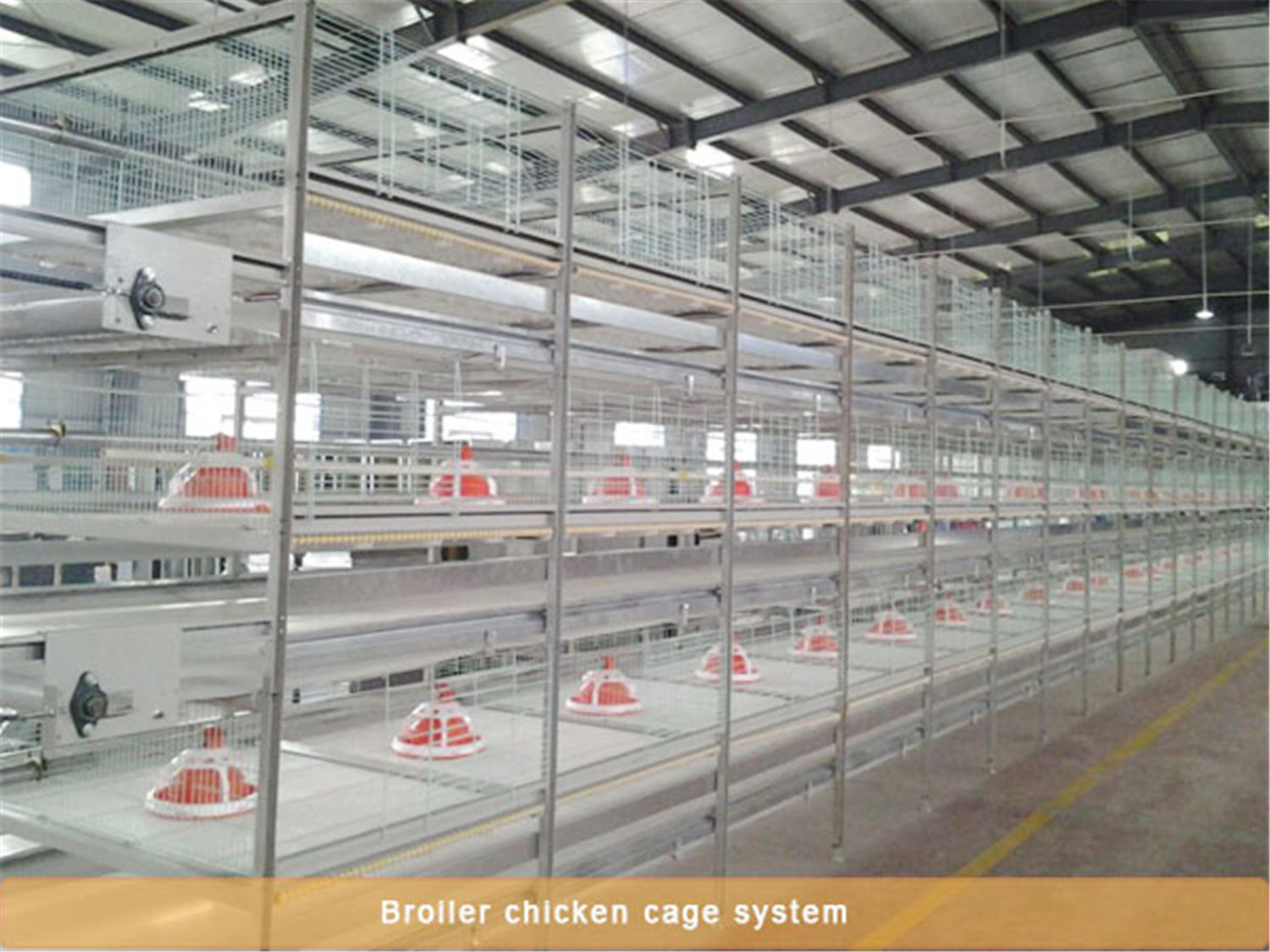Chicken battery cage disinfection process
- Published in Method of breeding chicken
Chicken feeding equipment - Chicken cages are places where chickens grow and produce. Therefore, the long-term use of chicken cages will definitely leave chicken feathers, feces and feed residues. In order to reduce the pathogenic microorganisms on the surface of the chicken cage, the farmers should regularly disinfect the chicken cages reasonably, which can reduce pathogenic microorganisms and prolong the service life of the chicken cages. The following author will tell you about the disinfection process of chicken cages for poultry farm equipment.
1. Remove the material line and waterline equipment to the operation room.
2. Use disinfectant glacial acetic acid to disinfect drinking water line. The disinfectant should stay in the pipe for at least 12 hours, then rinse with water.
3. Thoroughly clean the surrounding chicken coop, chicken feathers, garbage, and do a good job in the environment health. There are no sundry around the chicken house, house outside the items stacked neatly.
4. Remove the ceiling and clean the dust and dirt on the trellis, roof beams and all utensils.
5. Before disinfection, farmers should clean up the remaining chicken manure in the chicken house and thoroughly clean the whole chicken house. To ensure that there is no chicken manure, chicken feathers, dust and other filth in the case of disinfection, so as not to block the sewer when flushing.

6. Clean sewage pipes, drains and sewage ponds to ensure smooth drainage.
7. Farmers before cleaning must pay attention to the chicken house all the power off, washing machine and lighting power from the outside of the house, must be connected with a leakage protection switch, so as not to cause electric shock accident.
8. Farmers can choose to use blowers to clean the distribution box, and the distribution box can also be cleaned together.
9. The surfaces of all appliances shall be wetted with detergent through a low pressure spray gun prior to flushing and shall remain wet or foamed for more than 20 minutes. At this time, farmers with high pressure spray gun will produce droplets containing microorganisms, polluting the environment and people.
10. Rinse the chicken coop from front to back with a high pressure spray gun. This is a prerequisite for effective disinfection.
11. When washing, the plank bed, wall and other articles that are hard to clean should be washed with steel wire brush; Clean up the filth of the material bag in the shrinkage seam.
12. After the chicken coop is washed, the raisers can free up part of the vacant land for rinsing the material line equipment, material boxes and drinking water containers.
13. Fan flushing: open the fan cover and thoroughly flush the dirt inside.
In addition, the authors suggest that chicken battery cages be smoked with insecticide for a period of time before being cleaned and rinsed. This eliminates flying and lurking arthropods and pests in crevices. And it's a great time to get rid of rodents.





